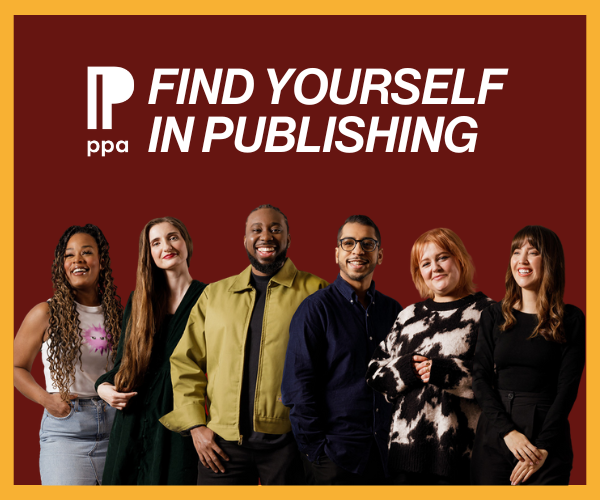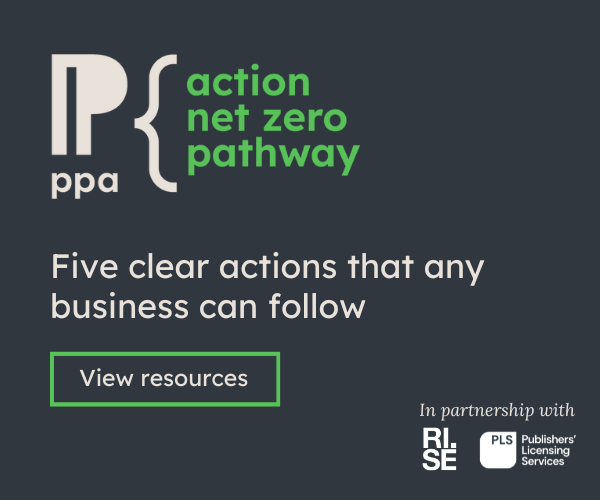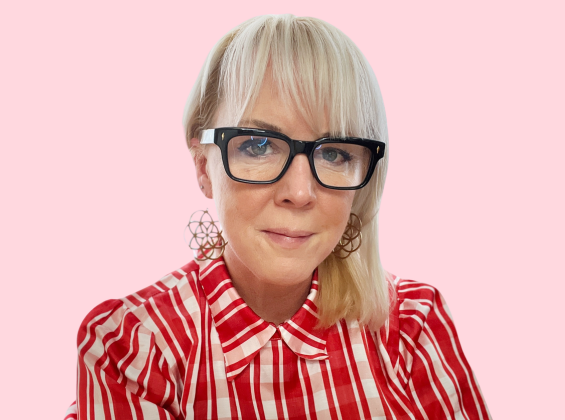What made you want to work in the publishing industry?
I am a doctor by vocation and training, so I didn’t think of myself as getting into the publishing industry. I was drawn to the clinical and medical journalism aspect The BMJ when a job came up on the journal for a year.
Chart your career from the start to where you are now.
It was initially a one-year editorial registrar job and then the plan was to head back into general hospital medicine. They asked me to stay on and after a second year I realised how exciting, interesting, broad and challenging it was.
You were the first female editor of BMJ – how has it changed during your editorship?
The BMJ has always been unusual in that its big focus for many years has been on readability, accessibility and reaching out to clinicians around the world, so we are not just a dry academic journal but should also be a pleasure to read. When I inherited the journal in 2005, we had a print and online offering. Over the last 15 years we have really established The BMJ as an almost entirely digital journal, with most of our readers outside the UK and a global readership of 2 million unique users every month. The weekly print magazine journal is a crucial part of our UK offering, going out to 120,000 doctors every week and has a very important role as part of the BMA membership benefit, but all of that content is on the website, along with a lot more. The other thing we have done is really grown our journalism, especially our investigative journalism, and we have brought professional journalists onto our team both as staff and freelancers.
What is the balance between academic and journalistic articles?
We put equal effort in on both fronts. On the academic front, we are a high rejection rate research journal and publish under 4% of our submissions (around 200 articles a year). They take a lot of work, care and scrutiny so while the volume of articles is smaller, the volume of work is not. With our journalistic articles, we have news, features, briefings and opinions that we feature every week but it’s important to keep the balance. If the journal went down an entirely journalistic route, it would not be taken as seriously as an academic journal.
There are lots of moving parts to The BMJ – how have you managed all of these parts remotely as Editor-in-Chief?
Yes, The BMJ has lots of moving parts, each with different time scales. Research goes through an intense peer-review and publication process, which can take 6 weeks to 6 months. Academic commentary and education articles have a similar process. Then we have editorial commentary which takes days or weeks. The journalism is short and long form alongside news and opinion. Each of the cogs has its rhythm. In terms of managing all of these moving parts remotely, we were already an international group of editors, so we had everything in place before COVID. The big issue was getting the print journal out remotely which we hadn’t done before. The team has been amazing and having shown that we can do this, it will change how we work in the future.
Has the pace at which you have to produce and publish research articles sped up over the course of COVID?
We have had a huge increase in submissions for both academic and non-academic sections and the team has had to filter stuff at a greater rate with proper scrutiny. We haven’t had to retract anything. Our job with the research is to say, is it relevant to a wide general medical audience and will it help to change and improve practice? Is it valid? Is it good enough? It has been an extraordinary time because the whole clinical and academic community have all been focussing on the same thing.
Will you be carrying forward any good practice which you have established over the last few months?
I think like all publishers, we have wanted to respond to Black Lives Matter. We have been looking at ourselves, our staff and ensuring that we have good policies and practices in place and that we are listening to staff from black and ethnic minority backgrounds. We are also looking at the authorship of our articles and the editorial boards to try and get a handle on how well we are doing in terms of representation and diversity.
The other thing has been about data openness. Academic publishers have come together to make sure that content related to COVID is freely available. We were already making our research content free and we have had a long tradition of pushing for transparency, so this global initiative felt very natural to us.
How have you managed to cover areas of other than COVID?
It is fair to say that everything became COVID over the last few months, but we have started to return to a bit of normality and individual sections are gradually restoring their wider coverage.
What’s on your radar?
The big thing that should be on all our radars is climate change, how the publishing industry can respond and whether there is a post-COVID post-carbon society that we can help to build. It is a specific issue for healthcare, which has a very large carbon footprint. We are also looking at ways to help as a publishing company, by using starch wrappers and reducing the size of the print journal.
What magazine would you stockpile?
The book review section of the Guardian and The Spectator.









